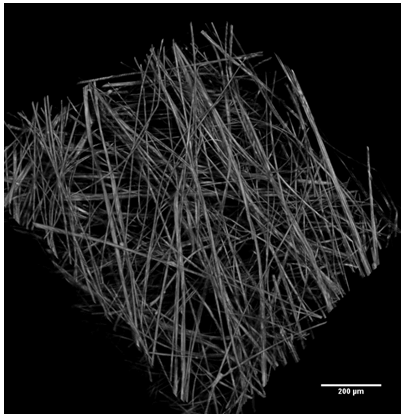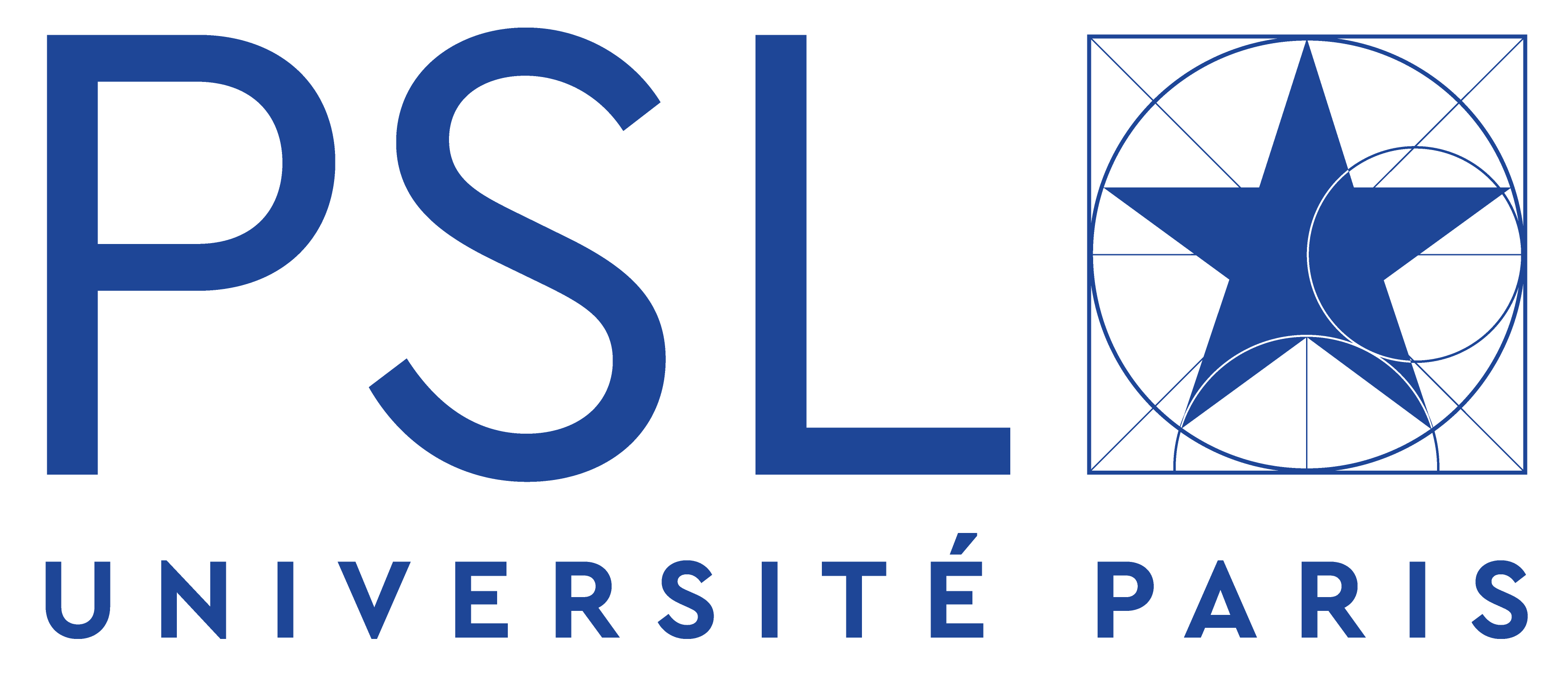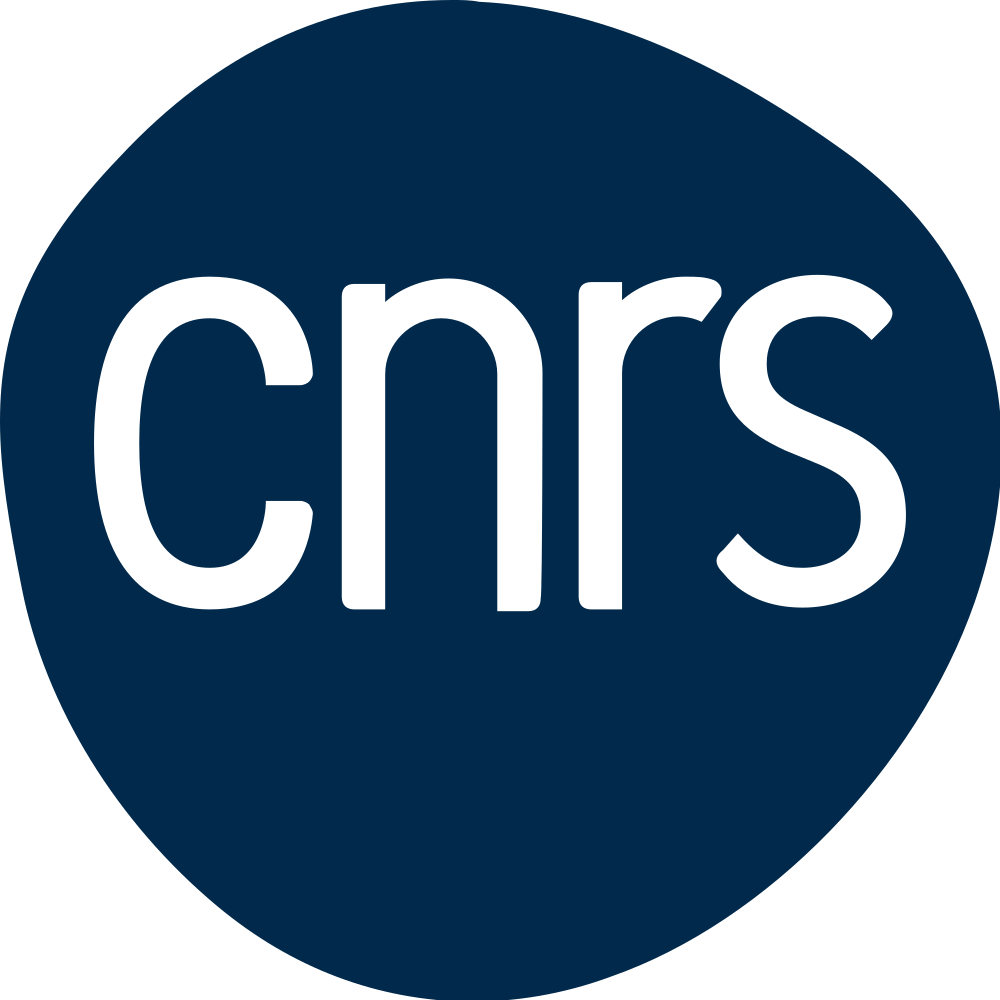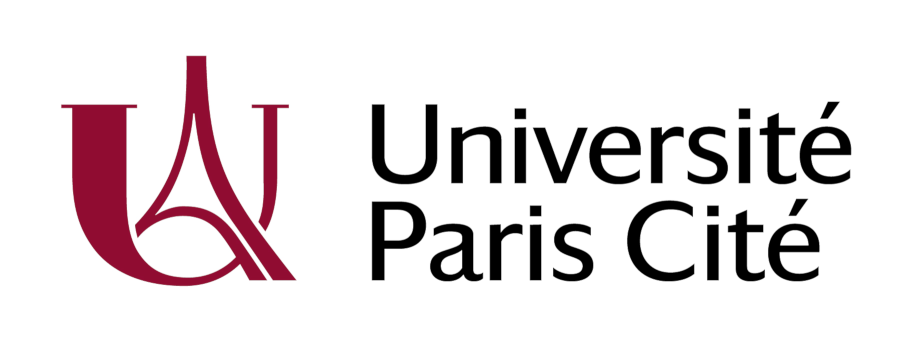Champ proche infrarouge, micro et nano thermique
Home Equipe et collaborations Publications Jobs (stage, thèse, postdoc)
Les candidatures à des stages, thèses, ou postdocs sont bienvenues (voir section "Jobs"). Pour plus d’informations contacter le responsable d’équipe, Dr. Yannick De Wilde.
Courriel : ![]()











Sujets de recherche
Electroluminescence et transferts d’énergie dans les transistors de graphène encapsulés dans du hBN

En collaboration avec l’équipe d’Emmanuel Baudin au LPENS (Ecole Normale Supérieure), nous avons détecté un rayonnement infrarouge moyen provenant de transistors de graphène à haute mobilité encapsulé dans du nitrure de bore hexagonal (hBN) soumis à une tension de polarisation importante. Nous avons montré que ce rayonnement infrarouge résulte de l’électroluminescence de phonons-polaritons hyperboliques excités par la recombinaison d’électrons du graphène au-delà du seuil de l’effet tunnel Zenner Klein [Abou_Hamdan_NATURE2025].
Nos études ont également montré que l’électroluminescence est concomitante avec l’apparition d’un processus de transfert d’énergie hors plan très efficace. Ce résultat spectaculaire avait été prédit par l’équipe de l’ENS en 2018 sur la base de mesures de transport électrique [Yang_NATURE_NANOTECH2018].
Nano-antennes plasmoniques et diélectriques - Spectroscopie infrarouge à modulation spatiale

Nous avons développé une technique de spectroscopie à modulation spatiale infrarouge (IR-SMS) qui permet de détecter des signaux de rayonnement thermique extrêmement faibles sans bruit de fond, provenant d’objets dont les dimensions sont très inférieures au champ de vue des détecteurs infrarouges utilisés pour la spectroscopie infrarouge à transformée de Fourier (FTIR).
En collaboration avec l’équipe de Patrick Bouchon au centre français de recherche aérospatiale, l’ONERA, nous avons appliqué cette méthode pour étudier les modes électromagnétiques d’antennes métal-isolant-métal (MIM) individuelles lorsqu’elles sont excitées par les fluctuations thermiques [Li_PHYS_REV_LETT2018]. Par la suite, nous avons étudiés l’apparition de modes hybrides dans les paires d’antennes MIM en couplage de champ proche [Abou_Hamdan_OPT_LETT2021]. Ces études se poursuivent à l’aide de matrice NxN d’antennes MIM dans le but de créer des dispositifs reconfigurables.
Nous avons également appliqué la méthode IR-SMS pour étudier les résonances de Mie de microsphères de silice (SiO2) qui présentent un intérêt pour le refroidissement radiatif diurne [Abou_Hamdan_ACS_PHOT2022].
Conductance radiative de champ proche : vers les système à N-corps

En collaboration avec Wilfrid Poirier du Laboratoire National de Métrologie et d’Essais (LNE), nous avons récemment développé une sonde qui mesure la conductance radiative en champ proche entre une microsphère chauffée et un substrat plat à partir d’une séparation de quelques dizaines de micromètres jusqu’à quelques dizaines de nanomètres. Cette sonde a d’ores et déjà permis de mesurer la résistance thermique de contact [Doumouro_PHYS_REV_APPL2021]. Nous poursuivons actuellement ces études afin d’observer les transferts radiatifs entre plusieurs objets en couplage de champ proche. Ces travaux se font en collaboration avec Philippe Ben-Abdallah et Riccardo Messina au Laboratoire Charles-Fabry-IOGS.
Rayonnement thermique aux échelles sublongueur d’onde

Nous étudions le rayonnement thermique à des distances de l’échantillon très inférieures à la longueur d’onde thermique (10 µm à température ambiante). Pour mener ces études nous avons développé le microscope à effet tunnel à rayonnement thermique ou TRSTM (thermal radiation scanning tunneling microscope) qui permet de mesurer le rayonnement thermique à des distances nanométriques de la source [De_Wilde_NATURE2006].
Nous avons ainsi été les premiers à obtenir des images super-résolues de rayonnement thermique de champ proche infrarouge, qui correspondent aux variations spatiales de la densité locale d’états électromagnétique (EM-LDOS).
Nous avons également couplé le TRSTM à un spectromètre infrarouge à transformée de Fourier (FTIR) et démontré le spectre non-Planckien du rayonnement thermique de champ proche associé aux polaritons de surface, qui produisent un spectre quasi-monochromatique [Babuty_PHYS_REV_LETT2013]. Cet effet est responsable d’une augmentation anormale des échanges de chaleur à courte distance par interaction de champ proche.
Par exemple, la figure ci-contre montre l’étude TRSTM de la face clivée d’un empilement multicouche de semiconducteurs dopés et non-dopés où chaque couche à une épaisseur d’environ 300 nm. Dans certaines régions du spectre infrarouge, cet empilement se comporte comme un métamatériau hyperbolique. En mesurant des images TRSTM à différentes hauteurs, nous avons observé sur 200 nm à peine la transition entre le régime homogène et celui où le rayonnement thermique de chaque couche doit être considéré individuellement [Peragut_OPTICA2017].
L’enregistrement de spectro-images a révélé la contribution à la EM-LDOS de plasmons de surface se propageant à l’interface entre les couches semiconductrices dopées et non-dopées .
Recherche en lien avec l’aérospatiale et l’industrie

REFERENCES (liste complète ici )
[Abou_Hamdan_NATURE2025] Electroluminescence and Energy Transfer Mediated by Hyperbolic Polaritons
L. Abou-Hamdan, A. Schmitt, R. Bretel, S. Rossetti, M. Tharrault, D. Mele, A. Pierret, M. Rosticher, T. Taniguchi, K. Watanabe, C. Maestre, C. Journet, B. Toury, V. Garnier, P. Steyer, J. H. Edgar, E. Janzen, J-M. Berroir, G. Fève, G. Ménard, B. Plaçais, C. Voisin, J-P. Hugonin, E. Bailly, B. Vest, J-J. Greffet, P. Bouchon, Y. De Wilde, E. Baudin
NATURE, in press, 2025. arXiv:2310.08351v5 [cond-mat.mes-hall]
[Yang_NATURE_NANOTECH2018] A graphene Zener–Klein transistor cooled by a hyperbolic substrate
W. Yang, S. Berthou, X. Lu, et al.
NATURE NANOTECHNOLOGY, v. 13, 47–52 (2018).
[Li_PHYS_REV_LETT2018] Near-Field and Far-Field Thermal Emission of an Individual Patch Nanoantenna
C. Li, V. Krachmalnicoff, P. Bouchon, J. Jaeck, N. Bardou, R. Haïdar, Y. De Wilde
PHYSICAL REVIEW LETTERS, v. 121, 243901 (2018).
[Abou_Hamdan_OPT_LETT2021] Hybrid modes in a single thermally excited asymmetric dimer antenna
L. Abou-Hamdan, C. Li, R. Haidar, V. Krachmalnicoff, P. Bouchon, Y. De Wilde
Optics Letters 46, 981-984 (2021). DOI : doi.org/10.1364/OL.413382
[Abou_Hamdan_ACS_PHOT2022] Transition from Phononic to Geometrical Mie Modes Measured in Single Subwavelength Polar Dielectric Spheres
L. Abou-Hamdan, L. Coudrat, S. Bidault, V. Krachmalnicoff, R. Haidar, P. Bouchon, Y. De Wilde
ACS Photonics 9, 7, 2295–2303 (2022). DOI : doi.org/10.1021/acsphotonics.2c00273
[Doumouro_PHYS_REV_APPL2021] Quantitative measurement of the thermal contact resistance between a glass microsphere and a plate
J. Doumouro, E. Perros, A. Dodu, N. Rahbany, D. Leprat, V. Krachmalnicoff, R. Carminati, W. Poirier, Y. De Wilde
PHYSICAL REVIEW APPLIED 15, 014063 (2021).
[De_Wilde_NATURE2006] Thermal Radiation Scanning Tunnelling Microscopy
Y. De Wilde, F. Formanek, R. Carminati, B. Gralak, P.-A. Lemoine, J.-P. Mulet, K. Joulain, Y. Chen, J.-J. Greffet,
NATURE 444, 740 (2006).
[Babuty_PHYS_REV_LETT2013] Blackbody spectrum revisited in the near-field
A. Babuty, K. Joulain, P.-O. Chapuis, J.-J. Greffet, Y. De Wilde
PHYSICAL REVIEW LETTERS, 110, 146103 (2013).
[Peragut_OPTICA2017] Hyperbolic metamaterials and surface plasmon polaritons
F. Peragut, L. Cerruti, A. Baranov,J.P. Hugonin, T. Taliercio, Y. De Wilde, J.J. Greffet
OPTICA, 4, 1409-1415 (2017).









